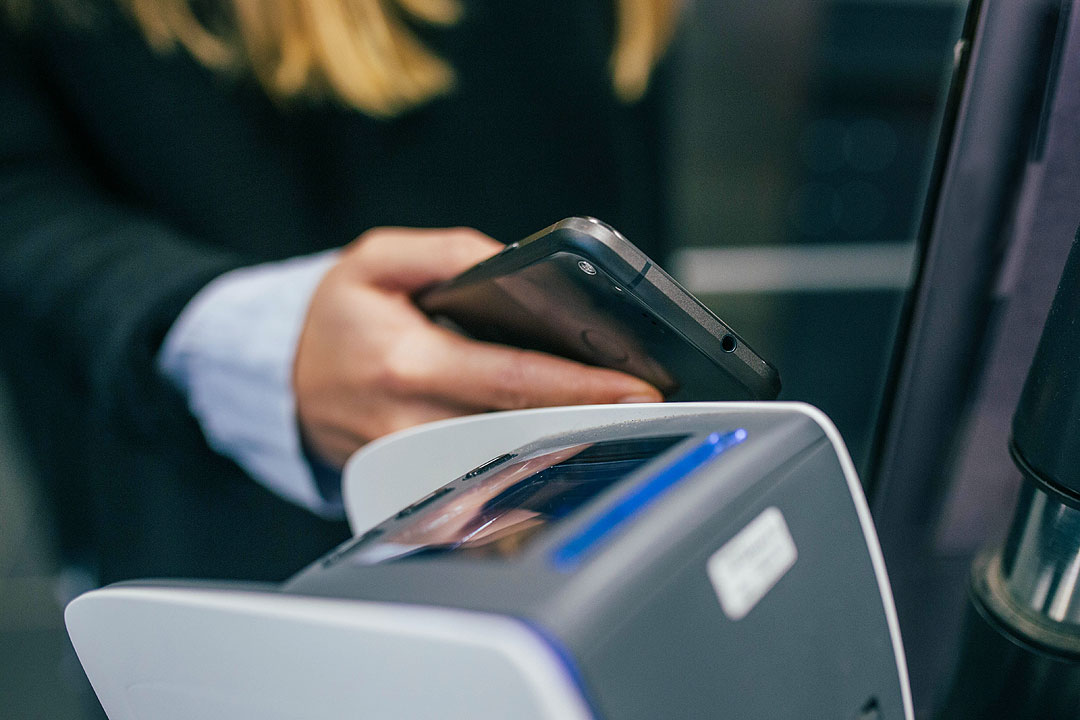
THE POTENTIAL ENTRY of Apple Pay and Google Pay into the Philippine market could further drive digital payments in the country, according to industry stakeholders.
“These global platforms complement local innovations and will help drive the Philippines closer to its goal of a cash-lite, inclusive, and future-ready digital economy,” Rizal Commercial Banking Corp. (RCBC) Executive Vice-President and Chief Innovation and Inclusion Officer and FinTech Alliance.PH Chairman Angelito M. Villanueva said.
Ronald B. Gustilo, national campaigner for Digital Pinoys group, said their entry will also “open the door for more secure and convenient payment options for Filipino consumers.”
Bangko Sentral ng Pilipinas (BSP) Deputy Governor Mamerto E. Tangonan earlier said that they have determined that Apple Pay and Google Pay are technology service providers and not operators of payment systems (OPS) and will not need to register with the regulator.
“We deemed them not to be an OPS because their activity is not an OPS activity,” he said.
Apple Pay and Google Pay do not hold funds but instead process payment credentials, Mr. Tangonan said, adding that there is also no contract between them and merchants. “It’s considered an OPS if, in other countries, Apple Pay has an account that holds the funds. But that is not the case for the execution here.”
Since they are not OPS, it will be up to financial institutions to assess them, he said.
“If anything happens, the one accountable to us is the payment service provider (PSP). That’s why they’re being careful, maybe,” he said in mixed English and Filipino. “Because (it’s the PSPs’) responsibility, maybe they are really evaluating them carefully.”
Mr. Villanueva said the entry of Apple Pay and Google Pay would also be timely amid the rollout of cashless fare payments in the Metro Rail Transit Line 3 (MRT-3) and soon at Light Rail Transit lines.
These payment platforms would help “accelerate the adoption of tap-and-go payments in everyday commutes,” he said, and “further scale digital payments and promote consumer trust, security, and convenience.”
Apple Pay and Google Pay use near-field communication (NFC) technology to enable contactless payments. Apple Pay is only compatible with Apple devices while Google Pay is used for Android phones.
“With NFC technology, users can now pay directly using their mobile devices without having to bring out their physical cards — making transactions not only faster but also more secure,” Mr. Villanueva said. “This reduces the risk of card skimming and physical theft, while improving overall user convenience.”
Mr. Gustilo said these services would also serve as an alternative to e-wallets as consumers may use their existing bank accounts or credit cards directly through Apple Pay or Google Pay.
“This empowers consumer choice and pushes the payment ecosystem toward more globally integrated and secure solutions,” he added.
In December, the BSP confirmed that Apple Pay and Google Pay were exploring setting up their operations in the country.
In Southeast Asia, Apple Pay and Google Pay are currently available in Malaysia, Singapore and Vietnam. Google Pay is also present in Cambodia.
“We hope this development encourages further modernization in the Philippine payments landscape, and more importantly, ensures that financial institutions maintain strong oversight of these platforms to protect users,” Mr. Gustilo added.
The share of online payments in monthly retail transactions in the Philippines stood at 57.4% in terms of volume and 59% in value terms in 2024, the latest BSP data showed. These are up from 52.8% and 55.3%, respectively, in 2023.
The BSP is targeting to achieve a 60-70% share of digital payments over total retail payments volume by 2028, in line with the Philippine Development Plan. — Luisa Maria Jacinta C. Jocson